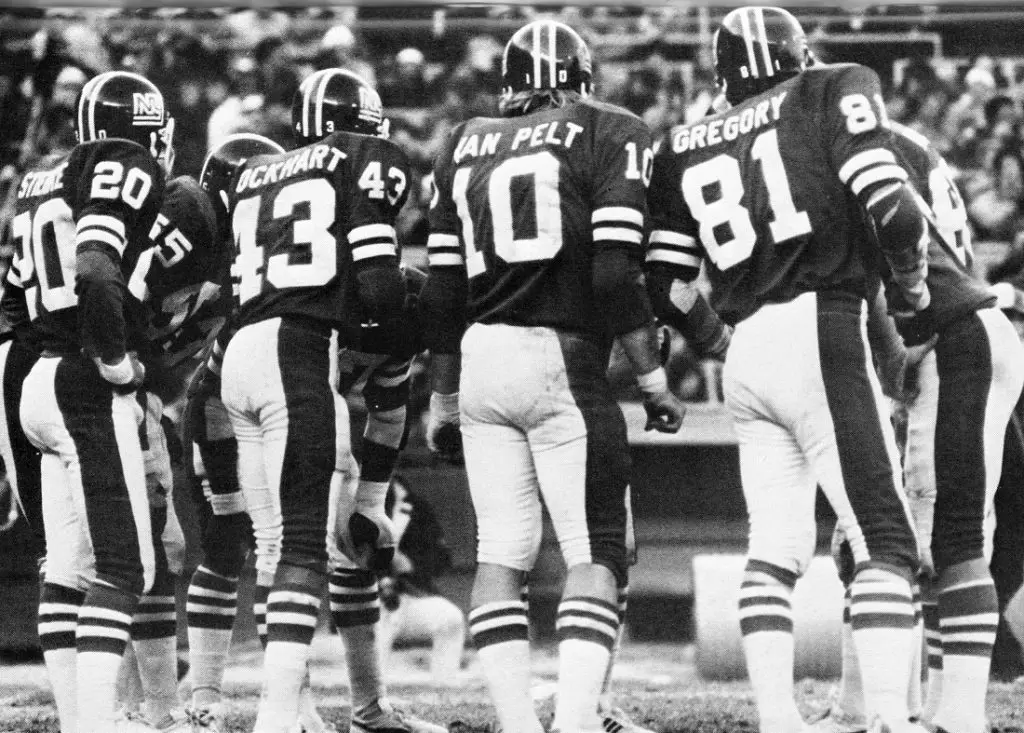
by Larry Schmitt | Aug 7, 2016 | Articles, New York Giants History
The first chapter of the New York Football Giants history closed on December 29, 1963. Up until that time, one of the cornerstone franchises of the NFL, the Giants prospered on the field while they regularly struggled financially to stay afloat. The franchise nearly...


